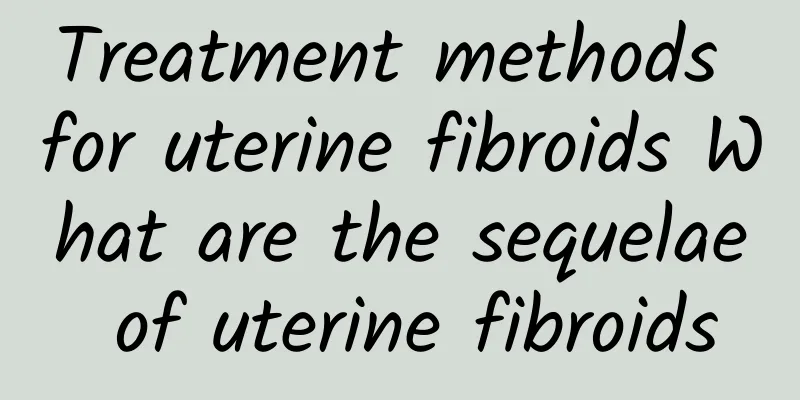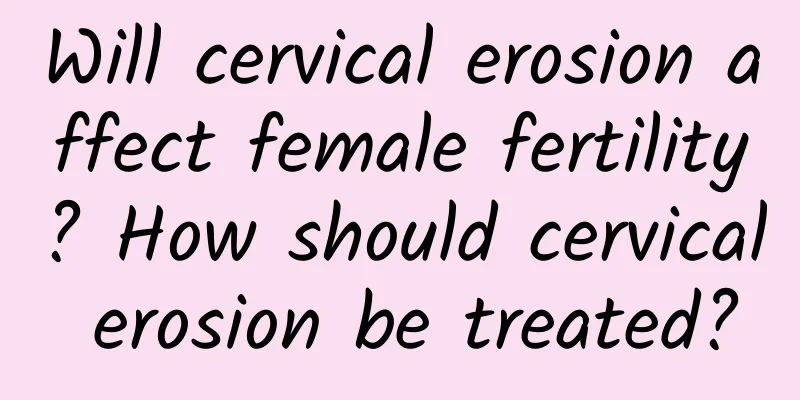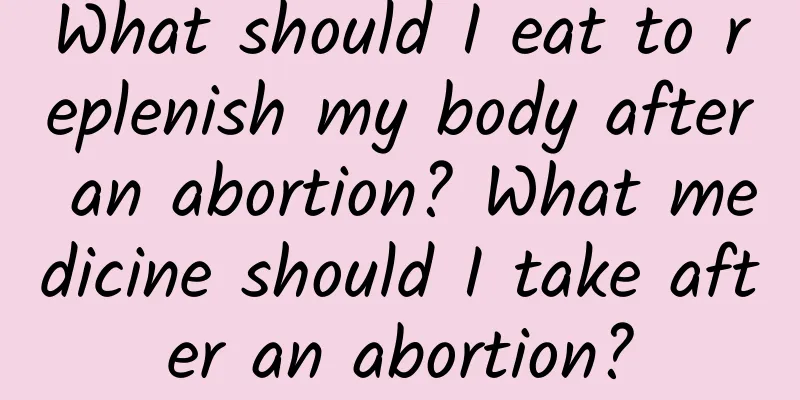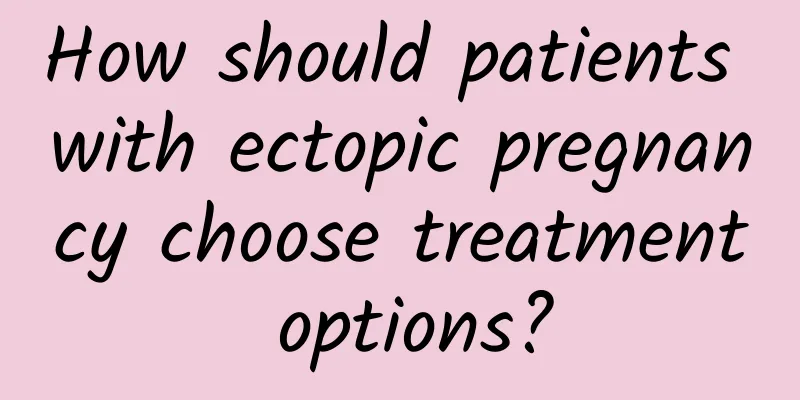Treatment methods for uterine fibroids What are the sequelae of uterine fibroids

|
The treatment of uterine fibroids is a disease that women are familiar with. It is a benign tumor. If treated early, it will not be life-threatening, but if not treated in time, it will lead to cancer. Therefore, we should pay attention to reasonable and active treatment methods and methods for uterine fibroids. (1) Perform regular postoperative checkups to promptly detect any abnormalities in physical condition. For women with fibroids younger than 8 weeks of gestation and no obvious symptoms, or women near menopause with uteruses younger than 12 weeks of gestation, normal menstruation, and no compression symptoms, temporary observation is recommended. Check up every 3 months. Generally, due to the decrease in estrogen levels after menopause, fibroids can gradually shrink. If fibroids are found to be enlarged or symptoms are obvious during follow-up, the possibility of malignant transformation of fibroids should be considered, and surgical treatment should be performed promptly. (2) Pay attention to appropriate treatment methods, multiple methods. For pregnant patients with heavy menstrual flow and uterine enlargement of about 8 weeks, after the diagnosis of endometrial cancer, Chinese and Western medicine can be used for treatment. Because the hormone treatment commonly used in Western medicine has large side effects, female patients are prone to male characteristics. Therefore, this treatment method is not recommended. Traditional Chinese medicine is a basic treatment method that can improve the endocrine environment, reduce estrogen levels, and improve metabolic capacity to achieve the purpose of tumor elimination, tumor suppression, and control recurrence. It is the first choice for patients with fibroids. (3) Pay attention to the appropriate method, and symptomatic treatment is more important. Interventional therapy for uterine fibroids is to insert a very thin catheter into the blood supply artery of the uterine fibroids, that is, the nutrient blood vessel, to block the blood supply of the fibroids, causing it to lose nutrition, necrotize, shrink or even disappear. This method has the advantages of less trauma, low cost, less pain, no blood transfusion during surgery, and fast recovery; the disadvantage is limited. (4) Surgical treatment: If long-term conservative treatment is ineffective, or if symptoms are obvious, the fibroid is large, anemia and growing rapidly, surgical treatment should be considered. Due to the high cost and high risk of surgery, surgery is the last choice for patients with fibroids. We should also have our own understanding of the treatment of uterine fibroids, pay attention to timely treatment, pay attention to active and appropriate treatment methods, and pay attention to traditional treatment methods, which will also help the rational treatment of uterine fibroids. |
<<: Symptoms of uterine fibroids How to treat uterine fibroids
>>: How to treat uterine fibroids? Can the uterus be preserved during uterine fibroid treatment?
Recommend
It is important to know how to prevent cervical erosion
Cervical erosion is a common cervical disease. We...
Apples or pears? Experts teach weight loss secrets for different body types (Part 1)
In fact, many people who meet the standard weight...
Women need to pay attention to the dangers of pelvic inflammatory disease
Pelvic inflammatory disease refers to a major inf...
Summer sports mode on! These exercises make you lose weight the more you play
Taiwan has everything except the largest number o...
After the Ice Bucket~The Internet-famous Bottle Cap Kick Challenge! Experts: There are 4 major areas of potential sports injuries, the secret to breaking them is…
Following the "Ice Bucket Challenge", t...
What you need to know to lose weight after the New Year! Mu Xiyan: 8 eating habits to help you lose weight easily
After the New Year and a week of eating delicious...
Is it cheap to treat endometrial thickening?
The key to treatment is early stage. Some patient...
Why do unmarried women with no sex life develop adnexitis?
Although adnexitis often occurs in married women ...
What are the early symptoms of threatened abortion?
What are the early symptoms of threatened abortio...
Can eating a high-protein breakfast help you lose weight? Study: Body fat will decrease
Can eating breakfast help you lose weight? Many t...
Are your blood vessels always scratching? 3 powerful foods to activate blood vessels
Although he looks like a young man in his 30s, hi...
Treatment of female vaginitis
The treatment of female vaginitis is mainly carri...
Experts explain what are the symptoms of Trichomonas vaginitis?
As more and more patients with Trichomonas vagini...
3-in-1 liposuction to remove stubborn fat all over the body
The temperature continues to rise, and it seems t...
What are the dangers of ovarian cyst rupture?
What are the dangers of ovarian cyst rupture? Is ...









